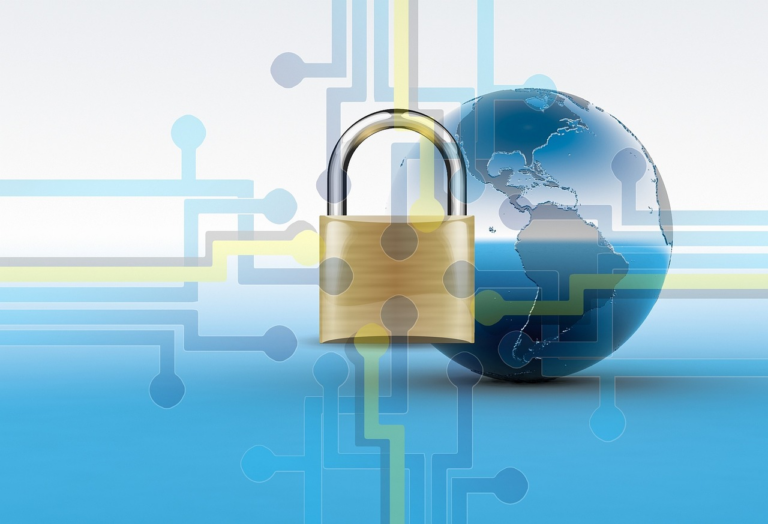Securing personal and financial data is more crucial than ever, with identity verification systems being the first line of defense against fraud, unauthorized access, and identity theft. A strong identity verification system not only safeguards sensitive information but also builds user trust by ensuring only authorized individuals can access resources or perform specific actions. As data handling increases, understanding the key elements of a robust identity verification system is essential for maintaining security and compliance. This article will outline the seven critical components needed to strengthen your organization’s security and protect sensitive data.
Multi-Factor Authentication (MFA)
Multi-Factor Authentication (MFA) is a security process that requires users to provide multiple forms of identification before gaining access to a system or service. MFA enhances security by combining two or more independent credentials: what you know (password), what you have (a security token or mobile device), and what you are (biometric verification).
The primary benefit of using multiple authentication factors is the reduced likelihood of unauthorized access. Even if one factor is compromised, the attacker would still need to breach the other layers, making it far more difficult to bypass the system. This layered approach strengthens overall security and supports AML and KYC compliance by ensuring that only verified individuals can access sensitive financial information.
Common MFA methods include SMS codes sent to your mobile device, authenticator apps that generate time-sensitive codes, and biometric factors such as fingerprints or facial recognition. These diverse methods ensure that even in scenarios where one factor might be at risk, the additional layers of authentication provide a robust defense.
Biometric Verification
Biometric verification leverages unique physical traits like fingerprints or facial features to confirm your identity. These technologies are highly secure because they rely on characteristics that are difficult to replicate or steal. Unlike passwords, which can be forgotten or hacked, your biometric data is inherently yours, making it a powerful tool for safeguarding personal information.
However, protecting this sensitive data is crucial. Systems encrypt biometric data during collection and storage to ensure it remains secure. Additionally, strict privacy protocols should be put in place to prevent misuse. When using biometric verification, you benefit from enhanced security and peace of mind, knowing your data is protected by advanced technologies prioritizing privacy.
Document Verification
Document verification involves scanning and analyzing identity documents like IDs, passports, and driver’s licenses to confirm authenticity. This step is crucial because it ensures that the person presenting the document is who they claim to be, preventing identity fraud.
Verifying documents is essential for maintaining trust and security in any transaction or service that requires proof of identity. With tools like optical character recognition (OCR) and machine learning algorithms, the document verification system can detect even the smallest signs of tampering or forgery.
These technologies enhance accuracy and speed, making document verification more reliable and efficient in protecting against fraudulent activities.
Real-Time Fraud Detection
Real-time fraud detection systems are designed to monitor and analyze activities as they happen, allowing businesses to identify and prevent fraudulent actions before they cause harm. These systems are critical in protecting financial transactions, user accounts, and sensitive data.
They rely on advanced technologies, such as cloud security protocols, machine learning algorithms, and artificial intelligence, to detect unusual patterns that may indicate fraud. For example, behavior analysis can flag suspicious activities, like unexpected changes in user behavior or transaction locations.
Transaction monitoring scrutinizes each transaction’s context, looking for anomalies like unusual spending patterns or large, sudden transfers. Real-time fraud detection systems use these techniques to provide a robust defense against fraud. This ensures that legitimate activities proceed smoothly while blocking potentially harmful actions.
User Data Encryption
User data encryption is critical for protecting sensitive information during transmission and storage. Encryption transforms data into a secure code, making it unreadable without the correct decryption key, which protects against unauthorized access.
By tailoring access levels to match employee roles, you ensure only authorized individuals can decrypt and access specific data, further enhancing security. Common encryption methods like AES (Advanced Encryption Standard) and RSA Rivest-Shamir-Adleman) are widely used for their strength and reliability.
These encryption protocols help safeguard personal and financial information from cyber threats. Implementing robust encryption prevents data breaches and ensures that your business meets regulatory standards and maintains customer trust by protecting their valuable information.
Integration with Risk Management Tools
Risk management tools are essential in strengthening identity verification systems by assessing and mitigating potential threats. These tools evaluate the likelihood of fraud or security breaches, enabling businesses to take proactive measures. For example, risk scoring analyzes user behavior and transaction patterns to determine the level of risk associated with a particular action. Threat intelligence gathers data on emerging threats, allowing the system to avoid attacks.
Integrating these tools into identity verification processes enhances overall security by providing a more comprehensive approach to detecting and preventing fraud. This integration protects against threats and improves user experience. It achieves this by reducing false positives and ensuring legitimate users can access services without unnecessary delays or complications.
Compliance with Regulatory Standards
Identity verification systems must comply with regulatory standards such as the General Data Protection Regulation (GDPR) and the California Consumer Privacy Act (CCPA).
These regulations set strict guidelines on how businesses must handle and protect user data, ensuring privacy and security. Adhering to these standards is essential for building trust with users. Compliance ensures that identity verification processes are transparent, secure, and respectful of individual rights.





